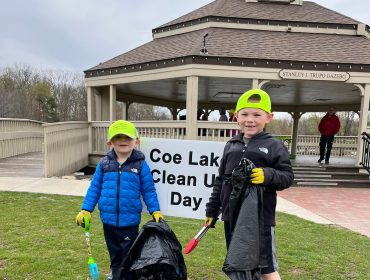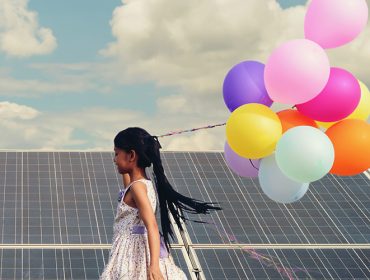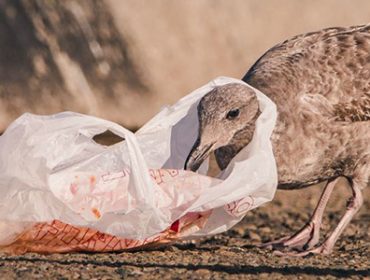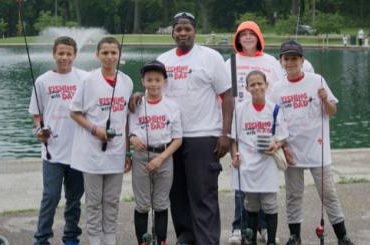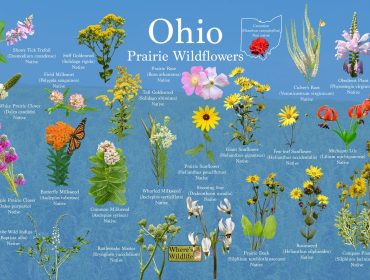Written By

2022 Sustanability Issue
4 Simple Tips for Backyard Composting in Berea
Starting in 2020 our waste disposal agreement in Berea no longer includes composting yard debris. The leaves and woody material you take to the curb- it is dumped, along with the rest of the trash, into the municipal landfill.
Yard waste is relatively clean and can take up more than one-fifth of the space in municipal landfills. Burning this waste for energy is not a feasible option. It is more difficult to burn because of its high-water content. Furthermore, we do not have a plan for recycling plant-based food waste in our community.
In terms of food waste, the EPA estimates the total quantity at 24% of the material in our municipal solid waste landfills. Food waste comprises 17% of total household waste; only 3% becomes compost. However, we can significantly reduce what we put into the municipal landfill by turning food waste into composted material; Which in turn can be reintroduced into our landscape as fertilizer. We have the power to keep the waste from the municipal landfill, manage it ourselves, and reintroduce it into the cycle of life.
Here are some tips for Community Composting:
Tip 1- Simple Composting
Develop a backyard compost system- store leaves in the fall, and mix them with fruit and vegetable scraps, coffee grounds, grass, and plant clippings.
The ratio of the two types of plant material is 30/70-
-30% green or nitrogen material, such as veggie scraps and coffee grounds,
-70% brown or carbon material, such as dead leaves and nutshell.
For example, cover daily plant scraps and coffee grounds with a heaping layer of leaves. Over time, material decomposes into compost. Thus, the compost becomes fertilizer for home gardening.
Use a rotating barrel or a stationary bin to store your compost. These bins do not need a bottom, in fact, they work better when they are open to the ground. Place them in a spot with a mix of sun and shade.
Tip 2- Build a Compost Container
Stationary bins can be made by taking four wood pallets and securing them together. Attach each of the first three pallets together. Afterward, take the fourth pallet and attach a hinge on one side and a latch on the other. This creates a door for easy access. Don’t put a top on the bin, it needs access to sun, air, and water for the tiny creatures who help break down the material. It takes about two years to make compost. You can purchase Rotating and stationary from the Cuyahoga County Solid Waste District by visiting their website. Finally, familiarize yourself with Berea’s zoning requirements for outdoor composting containment.
Tip 3- Use Community Composting
Community composting systems, like those at the Berea Community Learning Farm (BCLF), are also a great option as a place to compost plant-based food scraps. The BCLF accepts plant-based food scraps but not yard debris as they are often treated with chemicals. Treated yard debris is never recommended as composted material that would be reintroduced as fertilizer. Visit the Cuyahoga County Solid Waste District website for an excellent guide for composting. The County Solid Waste District also offers composting seminars that are free to the public.
At the Berea Community Learning Farm, starting in June 2022, Rust Belt Riders will also have a contained and managed drop-off site for people to drop off animal-based food waste for subscribers of the program. The bins are securely shut with a lock and the food waste is picked up weekly. Animal food waste is sent to a location where it is composted and sold to the community as organic fertilizer.
Tip 4- Ask For Help
Additional support can be found from the City of Berea. They help you manage yard debris by use of the city’s chipper. Leave brush (i.e. tree limbs) on your tree lawn and call (440) 826-5816 for a pickup. Note: Ivy, vines, and root balls are not permitted. The chipped brush is then added to a pile at the Berea Service Garage. In the fall, Smith Brothers picks up the chipped brush and brings it to their facility for more composting.
Together we can work to keep our food and yard waste out of our municipal landfills turning it into nutrients for the soil.
Other Helpful Resouces:
Related News
Thank You! We Love the Coe Lake Clean-Up!
The Yearly Coe Lake clean-up was a success! 100 residents showed up to remove 20 bags of garbage from Coe Lake. THANK YOU!
Want Solar? Cuyahoga County Solar Co-op Can Save You 20%
Going Solar is easier than ever. Cuyahoga County Solar Co-op can help provide the resources you need to go green.
No More Plastic Bags? New Policies Fosters Community
Plastic bags are a bigger problem than most realize. Cuyahoga County will ban retailers from using these bags. That is a good...
The Fishing Foundation- Connecting Youth to the Outdoors
The Fishing Foundation is a non-profit organization dedicated to enrich people's lives with the sport of fishing.
Going Native in Suburbia; Simple Ways to Enhance Your Lawn
Enhancing your lawn with native species helps the environment and can make your yard easier to maintain; a more enjoyable open space.
4 Ways to Protect Your Health While Combating Climate Change
Combating climate change can be one of the best decisions for your health. Learn how to help the environment and improve your health.
